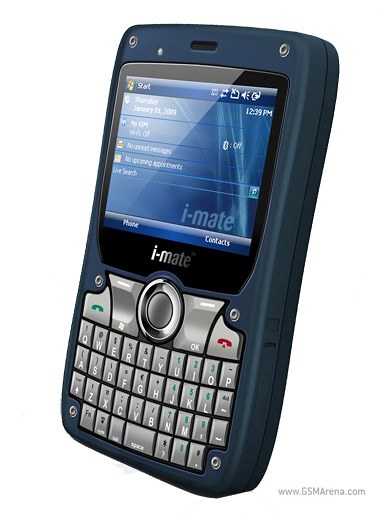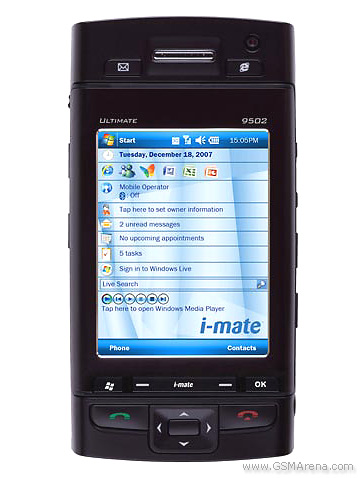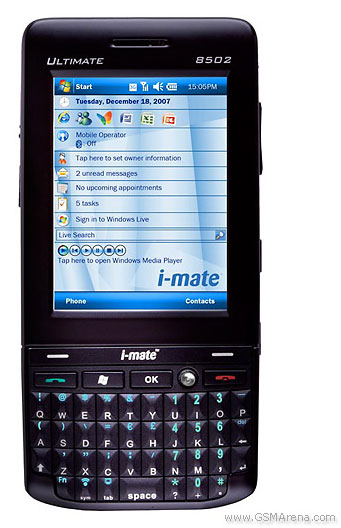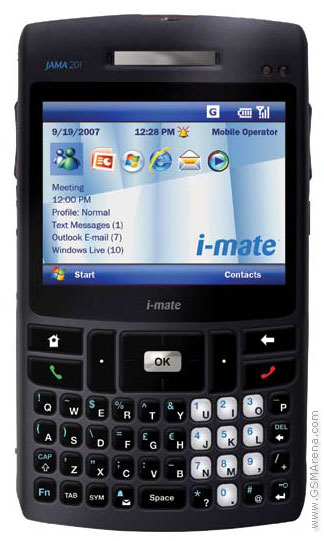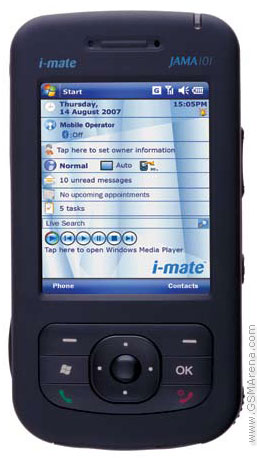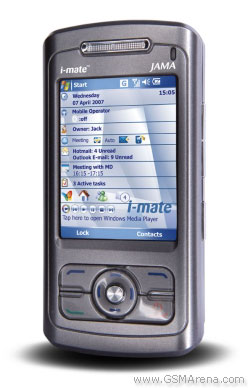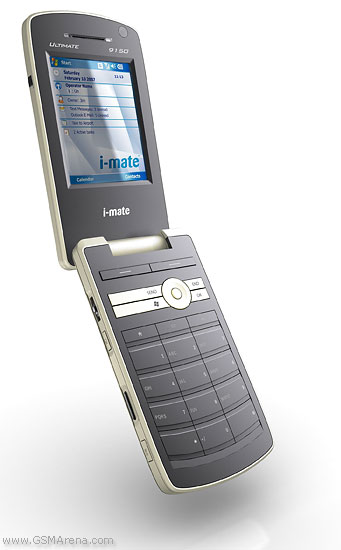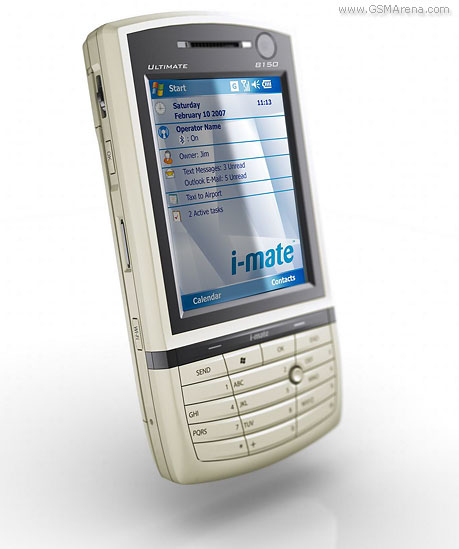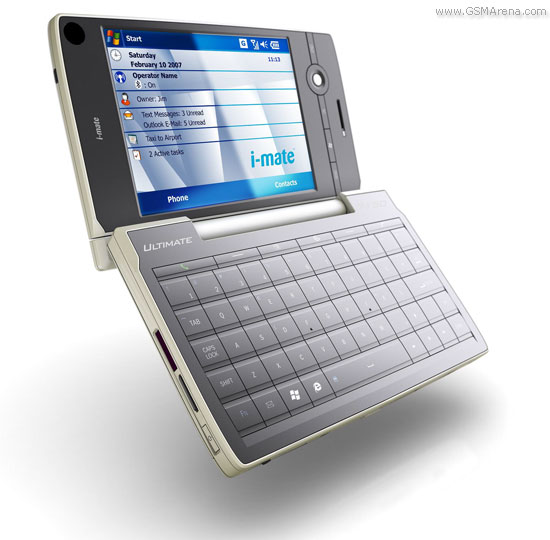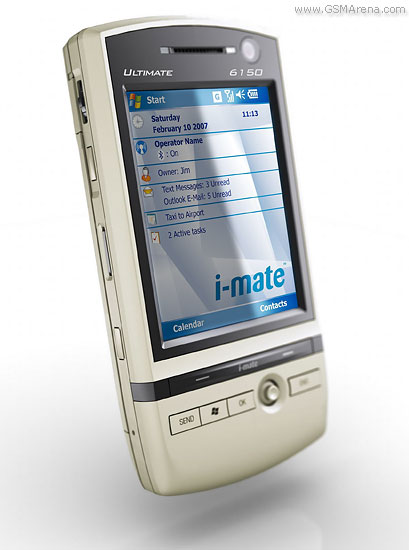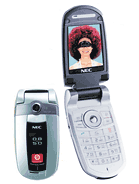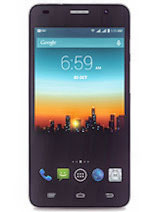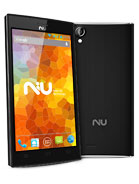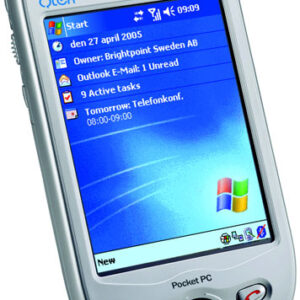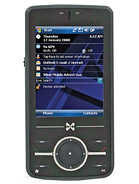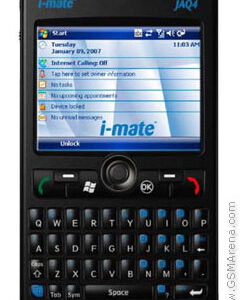i-mate Pocket PC Overview
The i-mate Pocket PC, released in the early 2000s, was a Windows Mobile-powered smartphone. While not a specific model itself, the “i-mate Pocket PC” name was used for a range of devices produced by HTC and rebranded by i-mate for various carriers. These devices were functionally identical to models like the Qtek 2020, O2 XDA II, and T-Mobile MDA II.
Key Features:
- Operating System: Windows Mobile
- Display: 3.5-inch LCD (240 x 320 pixels)
- Camera: 0.3MP (video recording)
- RAM: 64MB
- Battery: 1200mAh
The i-mate Pocket PC offered features common for the era, including a phone, email, calendar, and basic web browsing capabilities. It also had a physical keyboard, which was a distinct feature compared to many early smartphones that relied solely on touchscreens.

